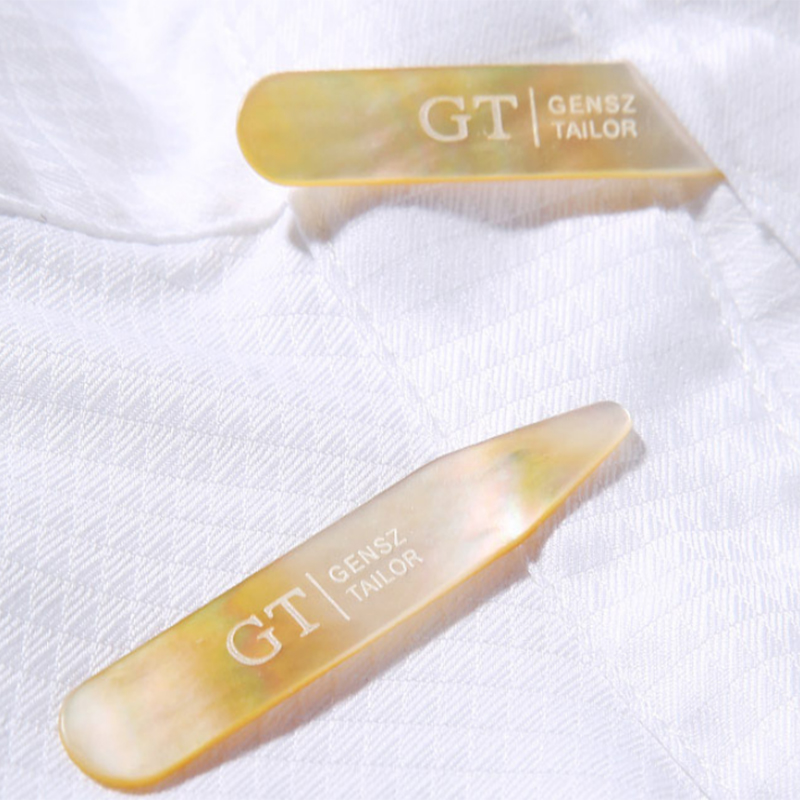What is Donkey Ear Abalone Shell Veneer Sheet or Angle Wing Abalone Shell Veneer Sheet?
Ever seen luxurious surfaces shimmering with iridescent beauty? That could be donkey ear abalone or angle wing veneer – nature’s artwork transformed into exquisite decorative materials.
Donkey ear abalone and angle wing abalone veneer sheets are premium decorative materials made from sustainably sourced abalone shells, prized for their striking iridescent patterns and used in high-end surface decorations.

Polished donkey ear abalone shells
While these names might sound unusual, the stories behind them reveal fascinating marine treasures. Let’s dive deeper to understand why these shells captivate designers worldwide.
What is Donkey Ear Abalone Shell Veneer Sheet?
Imagine holding nature’s jewelry – thin sheets radiating rainbow hues. That’s donkey ear abalone veneer in its full glory.
Donkey ear abalone veneer is created by carefully processing the shell of Haliotis asinina (donkey ear abalone) into thin decorative sheets, famous for their unique pearlescent quality and organic wave patterns.

Donkey ear abalone shell veneer sheet
Characteristics of Donkey Ear Abalone Veneer:
| Property | Description |
|---|---|
| Thickness | 0.15-0.5mm (adjustable) |
| Color Range | Blues, greens, purples (iridescent) |
| Pattern | Distinctive concentric ridges |
| Durability | 4-5 Mohs hardness |
The processing involves:
- Sustainable harvesting in Indonesia/Philippines
- Precision cutting along the shell’s natural curvature
- Multi-stage polishing to enhance luster
- Quality grading by color intensity
What is Angle Wing Abalone Shell Veneer Sheet?
When Western designers saw these shells, they didn’t see donkey ears – they saw celestial wings frozen in nacre.
Angle wing abalone veneer refers to the same material as donkey ear veneer, just named differently in Western markets for its winged appearance, maintaining identical properties and applications.
The dual naming reflects:
- Cultural Perspectives:
- Asian markets: Focus on ear-like shape
- Western markets: Emphasis on wing-like profile
Processing Comparison:
| Step | Donkey Ear Name Focus | Angle Wing Name Focus |
|---|---|---|
| Cutting | Maximizes ear-shaped curves | Highlights wing-like flares |
| Polishing | Enhances inner ear luster | Accentuates wingtip iridescence |
| Grading | Values complete "ear" shapes | Prefers symmetrical "wings" |
Where Are They Raw Material Located In?
leading paragraph:
These treasures don’t come from mines, but from some of Earth’s most vibrant marine ecosystems.
snippet paragraph:
The raw shells primarily come from sustainable fisheries in Indonesia and the Philippines, where clear tropical waters create ideal conditions for quality abalone growth.
[image placeholder]
Dive deeper Paragraph:
Key Sourcing Regions:
| Location | Shell Characteristics | Harvesting Season |
|---|---|---|
| Sulawesi, Indonesia | Deep color saturation | October-March |
| Palawan, Philippines | Larger shell sizes | April-September |
| Lesser Sunda Islands | High iridescence | Year-round |
Sustainability measures include:
- Seasonal harvesting bans
- Minimum size requirements
- Bycatch reduction techniques
Why Call Them as Donkey Ear Abalone Shell Veneer Sheet?
leading paragraph:
The name isn’t marketing – it’s marine biology with a dash of imagination.
snippet paragraph:
They’re called donkey ear abalone because the shell’s elongated, wavy shape remarkably resembles the curved form of a donkey’s ear, a naming convention originating from Asian fishing communities.
[image placeholder]
Dive deeper Paragraph:
The naming reflects:
Biological Features:
- Shell length: 10-15cm (like donkey ears)
- Distinctive wobble in the shell edge
- Rounded tip morphology
Cultural Context:
- Local fishers’ terminology adopted commercially
- Helps distinguish from other abalone varieties
- Describes the optimal cutting orientation
Why Call Them as Angle Wing Abalone Shell Veneer Sheet?
leading paragraph:
The same shell tells a different story through Western eyes – one of celestial inspiration.
snippet paragraph:
The angle wing designation comes from the shell’s wing-like profile when spread, reminiscent of angel wings, making it popular for religious and high-end decorative applications.
[image placeholder]
Dive deeper Paragraph:
Design Implications of the Winged Name:
| Application | Wing-Inspired Usage |
|---|---|
| Guitar Making | Soundhole rosettes resembling wings |
| Wall Art | Wing-shaped mosaic arrangements |
| Jewelry | Wing motif pendants |
| Furniture | Wing-inspired marquetry |
Marketing advantages:
- Evokes heavenly/light imagery
- Appeals to fantasy aesthetics
- Commands 15-20% price premium
What Are Their Usage?
leading paragraph:
From concert stages to penthouse walls, these shells elevate ordinary objects into artworks.
snippet paragraph:
These veneers are extensively used for luxury guitar inlays, high-end interior wall coverings, decorative accessories, and specialty items where premium natural materials are desired.
[image placeholder]
Dive deeper Paragraph:
Comprehensive Applications Table:
| Industry | Specific Uses | Why Chosen |
|---|---|---|
| Musical Instruments | Guitar fretboards, headstocks | Superior acoustic properties |
| Interior Design | Feature walls, column cladding | Unmatched light refraction |
| Jewelry | Watch faces, rings | Unique organic patterns |
| Luxury Goods | Pen barrels, lighter cases | Status material |
| Furniture | Cabinet inlays, tabletops | Durability meets beauty |
Manufacturing tips:
- Best paired with dark backgrounds
- Requires UV-resistant adhesives
- Ideal for curved surfaces
Conclusion
Nature’s masterpiece, whether called donkey ear or angle wing, transforms surfaces into iridescent wonders for luxury applications worldwide.






